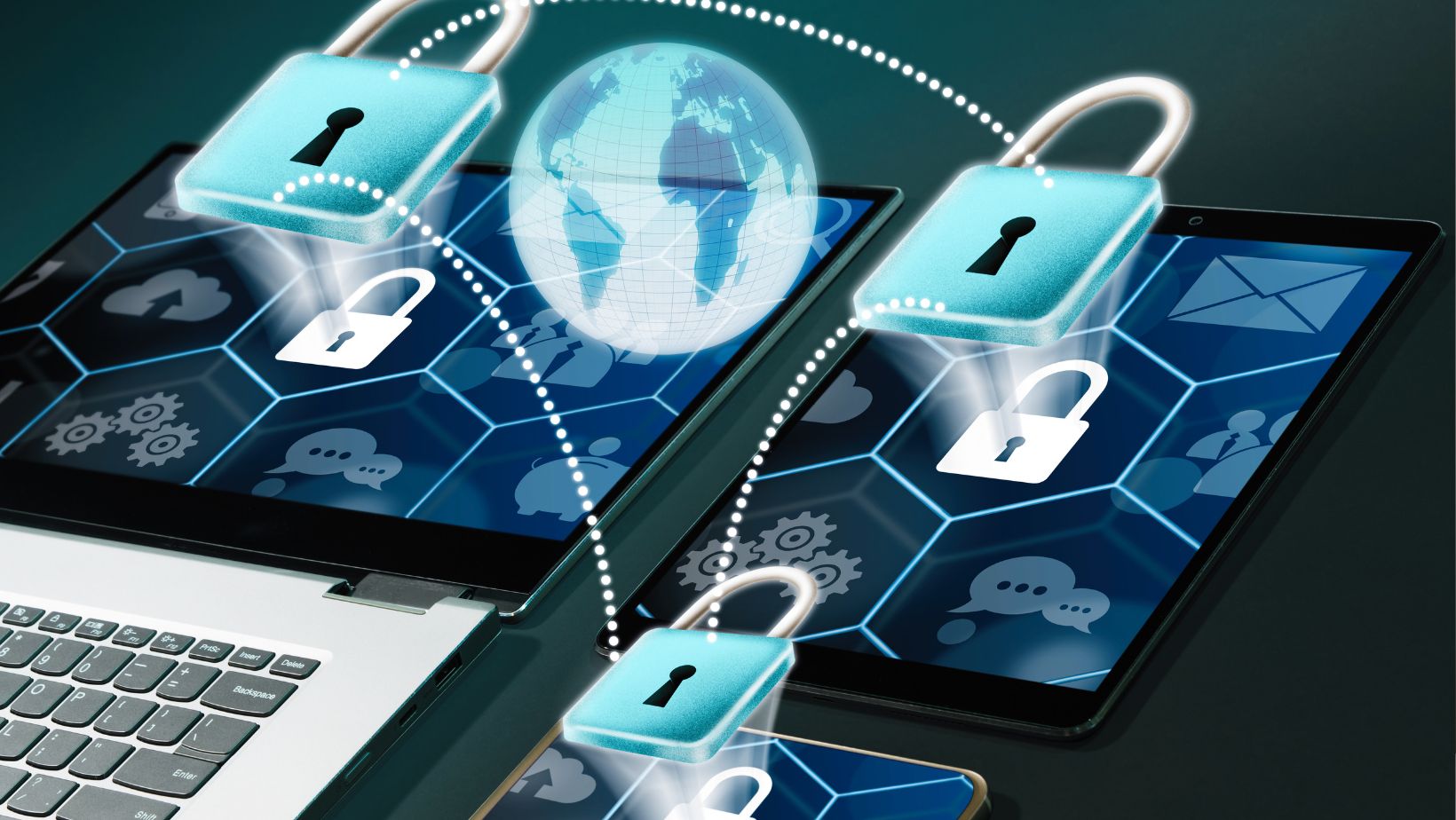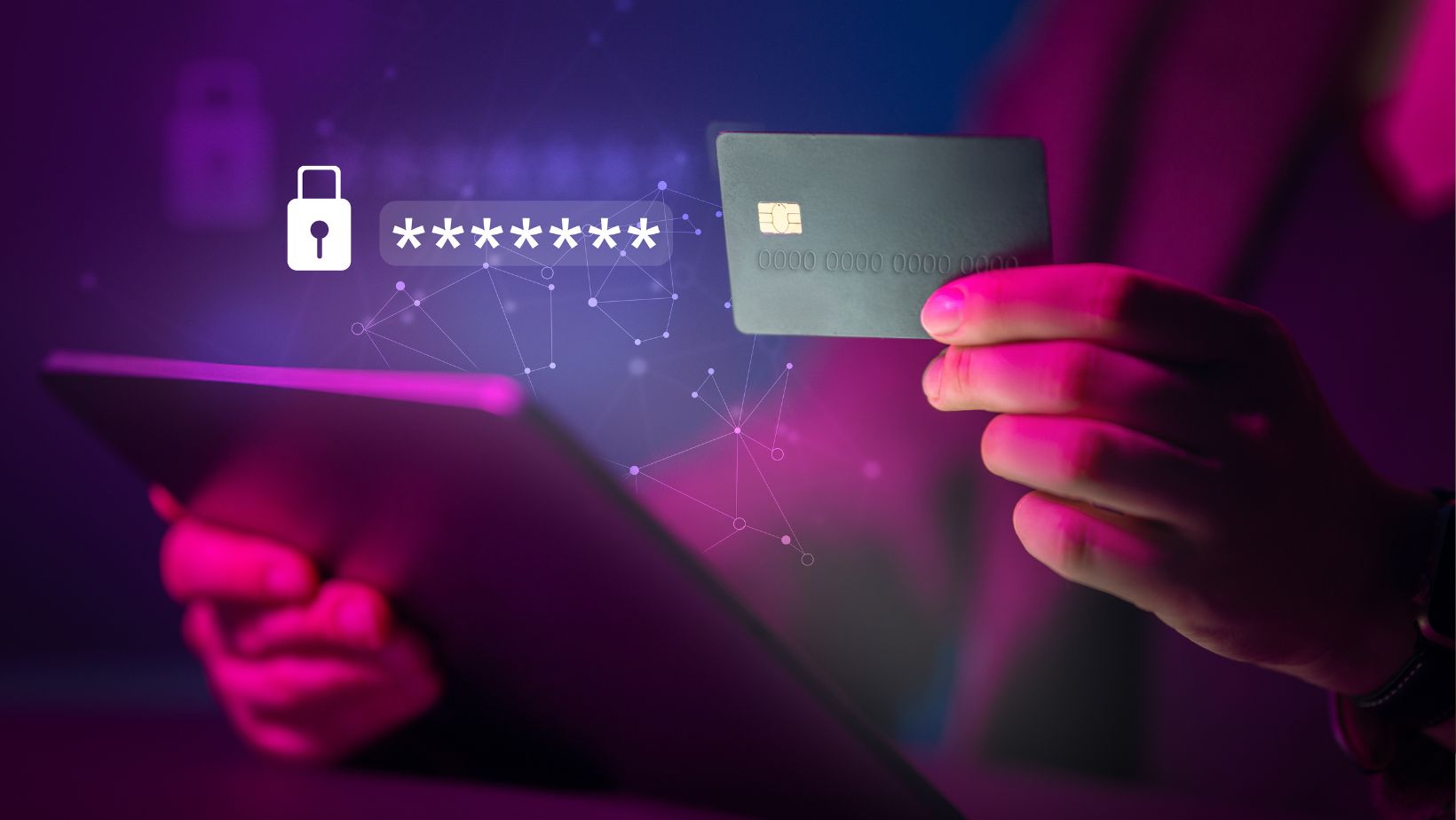
Cyberattacks present a considerable problem to enterprises, particularly in the digital age. With the advancement of technology, cloud computing, and data storage, it is critical to remain attentive to protecting sensitive information. Implementing robust cybersecurity procedures safeguards corporate workflows, customers, and data against potential breaches such as hacking, phishing, malware, ransomware, and data theft. This article examines the importance of cybersecurity, the types of cyber threats organizations face, and solutions for protecting your firm.
The Growing Risk of Cyber Threats
As technology evolves, so do the tactics that cybercriminals pursue. Attacking businesses aims to steal sensitive data from them, compromise their operations, or send malicious attacks designed to profit from this vulnerability. Over time, the scale and complexity of these attacks have mushroomed, with mass breaches in high-profile organizations making headlines worldwide. However, small and medium-sized businesses (SMBs) are a prime target as they need better security infrastructure.
Cyberattacks can harm organizations, causing money loss, reputation loss, and lawsuits. In some cases, they completely wipe out an organization’s functionality. Therefore, it’s not only about compliance; it’s about ensuring that your business has the proper deterrents to prevent those attacks from bouncing off you.
Understanding Cybersecurity Threats
Understanding the different types of cyber threats is crucial to creating an effective business defense. These threats can operate vastly differently or impact your business differently.
Malware and Ransomware
Malware, short for malicious software, infects or exploits computers and can appear as viruses, worms, and Trojans. The most damaging type is ransomware, which encrypts DDoS protection company files and threatens to destroy them unless paid for. This can disrupt both operations and lead to significant losses if, for example, a ransom is paid.
One of the most common ways cybercriminals gain entry into business systems and networks is through phishing attacks, whereby an employee is tricked into divulging sensitive data such as a password or credit card number. This type of attack usually consists of fake emails or messages that appear to come from trusted organizations, such as banks or colleagues. The stolen data is used to infiltrate systems, steal cash, or compromise company networks. Hackers use social engineering to persuade others to act in their favor, such as when they pose as system administrators to get access to private information or systems.
Insider Threats
Insider threats, which can be just as destructive to an organization as an external hacker attack, occur when employees, contractors, or business partners expose sensitive data intentionally or accidentally. These threats include stealing data, sabotaging systems, or avoiding security protocols. To reduce this risk, businesses can incorporate tighter access control systems and continual access monitoring.
Denial of Service (DoS) Attacks
One such cybercrime is a DoS attack, in which cybercriminals bombard the system or network with enormous traffic, rendering it unavailable to people with permission. This can cripple business operations, lead to revenue loss, and impact customer trust.
Building Robust Cybersecurity for Your Business
Considering how cyber threats change, businesses must develop holistic cybersecurity strategies. Although no system is invulnerable, companies can employ countless strategies to mitigate the risk and vulnerability of an attack targeting their data and infrastructure.
Implement Strong Password Policies
Strong and complex passwords are some of the simplest yet most helpful ways to prevent unauthorized access through passwords. Employees should be prompted to use passwords with upper and lowercase letters, numbers, and special characters. Tools that help manage passwords also allow employees to store and create strong passwords without the danger of forgetting them.
Additionally, and whenever possible, 2FA (two-factor authentication) should be enforced. This added layer of security forces users to verify their identity in two ways—for example, using a password plus a temporary code sent to their mobile device—before allowing access to sensitive systems or data.
Regularly Update Software and Systems
Cybercriminals’ various methods of accessing the business network usually require outdated software or even the operating system to have some vulnerabilities.

Regularly updating software, applications, and operating systems is crucial to patching any security holes. This includes security updates and the latest security protocols to help protect your systems from emerging threats.
Automated updates can be configured for many applications, ensuring your enterprise’s systems stay secure without needing constant attention. However, organizations must ensure that every third-party app or software is updated promptly to avoid becoming the weakest link in their cybersecurity chain.
Employee Training and Awareness
Perhaps predictably, human error is still one of the biggest culprits regarding cyber breaches, such as how to identify cyber threats (e.g., phishing emails, suspicious attachments, social engineering, etc.). Staff education on the threats and indicators of potential attacks can effectively minimize business risk, and no one can predict employees’ actions that could result in compromising information.
They must occasionally run training programs to inform employees of the latest threats. These programs should include concrete actions, such as identifying phishing emails or handling sensitive information securely. Employees should also understand the value of creating strong passwords and adhering to DDoS protection company security policies.
Implement Firewalls and Encryption
Firewalls create a barrier between an organisation’s internal network and the outside world, preventing unauthorised access. Well-configured firewalls filter out malicious traffic, monitor data, and detect unusual activity. Encryption is a crucial security measure, making sensitive data unreadable to unauthorized parties. Encrypting customer data, financial information, or intellectual property in transit and at rest ensures protection, making content unrecognized if captured.
Regular Backups and Disaster Recovery Plans
Despite security measures, data loss is still a risk for businesses. A disaster recovery plan is crucial, ensuring quick recovery in case of cyberattacks, natural disasters, or hardware failures.

Regular data backups ensure a company’s ability to recover quickly.
Be sure your backups are secure but available in the event of an emergency. Businesses should also periodically test recovery processes to demonstrate that data can be restored promptly with minimal disruption to business operations.
Conclusion
Cybersecurity tools, technologies, services, and solutions—security software, hardware, and services that potentially protect your organization from cyber threats—relative to cybersecurity regulations and compliance, are part of cybersecurity governance (processes and capabilities) and promote security, information systems, and information security. With that information in hand and as threat vectors change over time, organizations can significantly reduce breach risk and even secure our most sensitive information. With cyber threats a dying concern worldwide, investing in hardened security measures sounds like a fluff ad or something completely unavoidable for your business’s continued success and longevity.
Meta Description: Ensure business continuity with top-tier cybersecurity services. Protect your infrastructure and data from DDoS attacks with advanced protection solutions.







